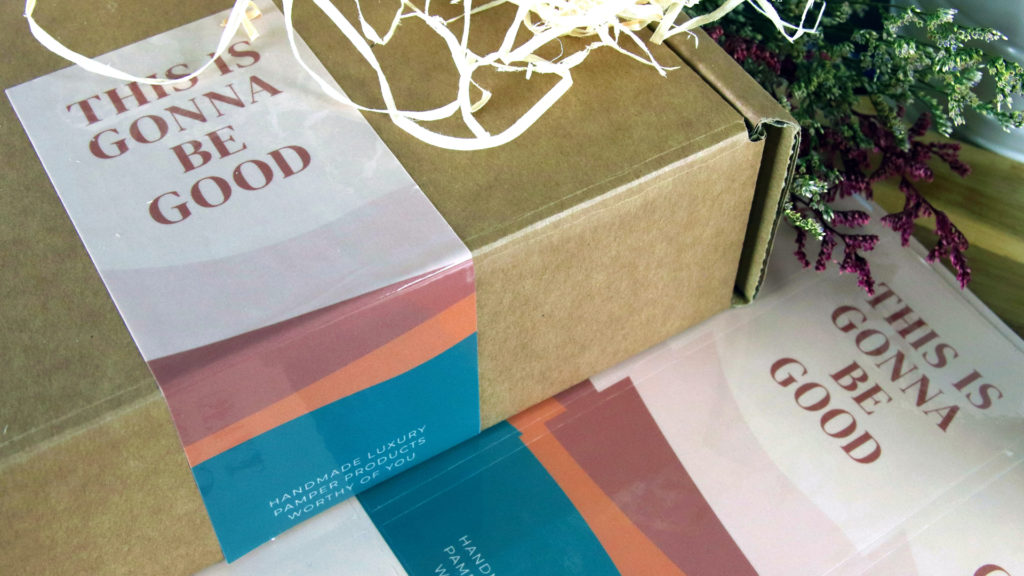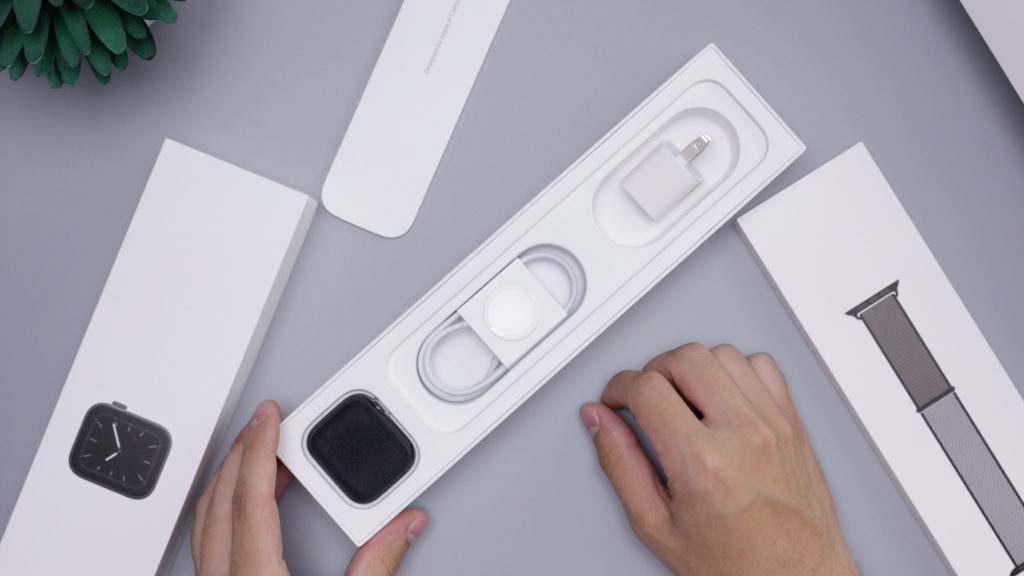In the grand theater of products, each item seeks a moment in the limelight. The unsung hero behind this allure is often the packaging. Whether you are meandering through store aisles or scrolling online, packaging plays a pivotal role in guiding your decisions. But how exactly does packaging affect consumer behavior? Let’s embark on a journey to unravel this mystery.
The Art of Visual Storytelling
Packaging is more than just a protective casing; it's a visual storyteller, a silent salesperson. The dialogue it establishes with consumers impacts their choices in various profound ways:
- Attractiveness and Color: Colors stir emotions and connect with our psyche. A vibrant, well-coordinated color scheme can instantly catch our attention. For instance, blue often resonates with tranquility and trust, making it suitable for products that emphasize reliability or calmness. Conversely, red tends to evoke passion, making it apt for energetic and intense products.
- Shape and Size: A packaging's size and form aren't mere logistical concerns. A compact shape might hint at convenience, while an elongated design could suggest elegance or luxury. Unconventional packaging shapes break the monotony, catching the eye of those seeking something different.
- Tactile Experience: Our purchasing decisions aren't just visual; they are tactile as well. A product with a textured grip, or a smooth, velvety touch adds a tangible dimension to the buying experience, making it more immersive and personal.
Environmental Concerns: Embracing Sustainability in Packaging
The global discourse is increasingly tilting towards sustainability, and packaging hasn’t been immune to this shift:
- Recyclability: With environmental awareness on the rise, recyclable packaging has become a significant selling point. Brands embracing this trend are not only reducing their carbon footprint but also appealing to an expanding demographic of eco-conscious consumers.
- Minimalism: The era of extravagance is gradually giving way to minimalistic sensibilities. Streamlined, clutter-free packaging designs not only minimize environmental waste but also appeal to the contemporary aesthetics of many modern consumers.

Brand Image: The Subtle Dance of Identity and Packaging
A consumer's maiden tryst with a brand often occurs through its packaging:
- Consistency: Packaging offers brands a canvas to paint their narrative. Elements like logos, color schemes, and fonts, when used consistently, forge a distinct brand image. Over time, this fosters recognition and loyalty among consumers.
- Quality Indication: Packaging can be a beacon of the product’s inherent quality. A robust, meticulously designed package often signals a high-end product, justifying a premium price point.
Information Conveyance: Packaging as a Trust Anchor
In an era where information is paramount, packaging emerges as a crucial transparency tool:
- Ingredients and Instructions: Comprehensive ingredient lists and lucid instructions reflect a brand's transparency. Consumers feel empowered when they are well-informed, and this transparency fosters brand trust.
- Certifications: Emblems of organic sourcing, cruelty-free practices, or other certifications provide immediate validation. They assure the consumer of a product's authenticity and adherence to specific standards.
Emotional Impact: The Heartfelt Dialogue of Packaging
The best packaging resonates emotionally:
- Personal Touch: Packaging that offers a personal element, perhaps through custom names or messages, can resonate deeply with a consumer, turning a mere purchase into a cherished memory.
- Surprise Elements: Unveiling a product can be an event in itself. Think of the anticipation while opening a beautifully wrapped gift. Bonus items, samples, or a unique unboxing sequence can transform this mundane action into a delightful ritual.

Innovation: The Future is Here and Packaged
Packaging is a dynamic domain, ever-evolving with societal needs and technological strides:
- Usability: Beyond the visual allure, functional innovations in packaging are making waves. Whether it's a no-spill bottle cap or a resealable snack pouch, functional designs amplify user experience.
- Reusability: Packaging is now transcending its traditional one-time-use paradigm. Innovative designs encourage users to repurpose the packaging, be it as storage containers, decorative pieces, or even DIY projects.
Conclusion
Packaging is not a mere container; it's a nuanced conversation starter, a brand ambassador, and an experience enhancer. In today’s saturated market, its role in steering consumer decisions is more pivotal than ever. As we've dissected, it's evident that packaging is a potent blend of art, science, and emotion, shaping our choices in myriad subtle ways.